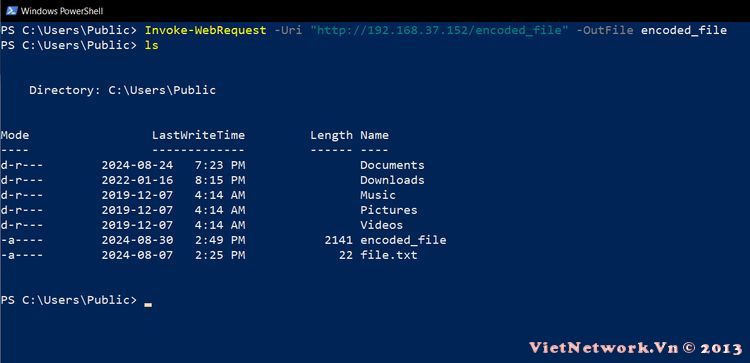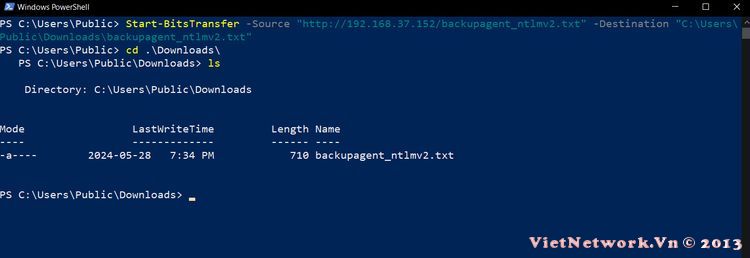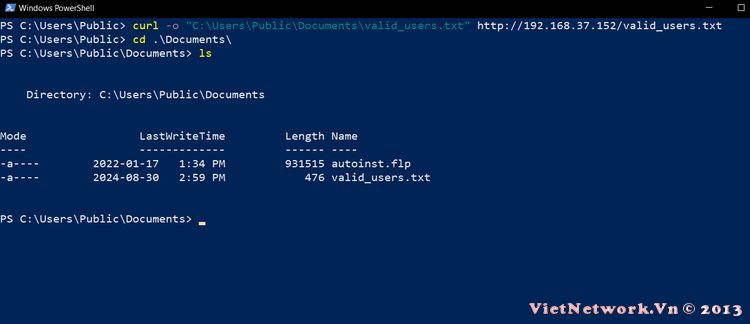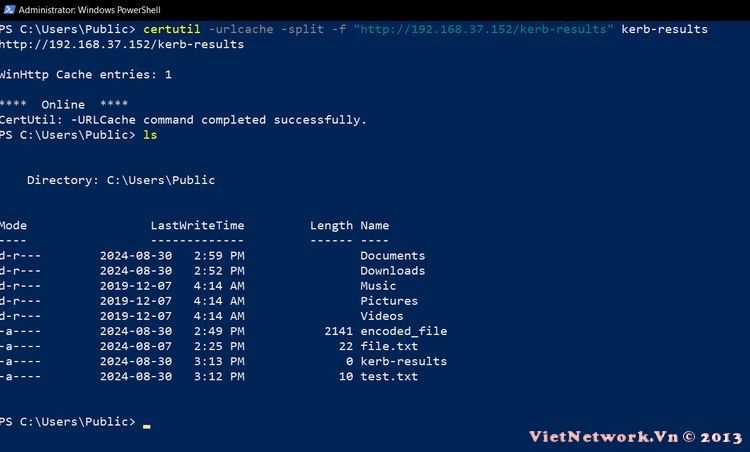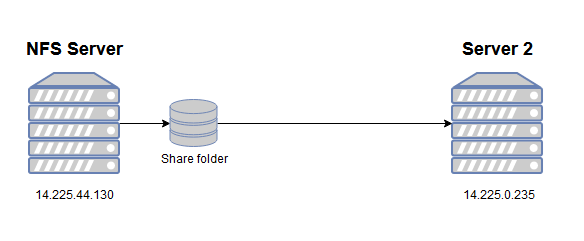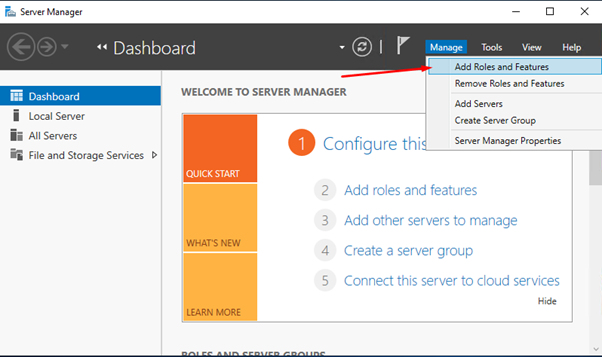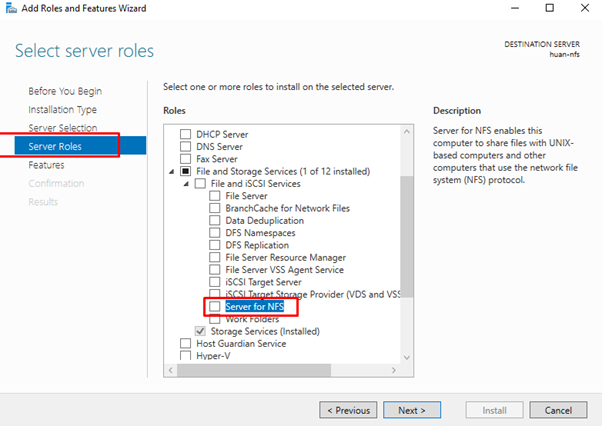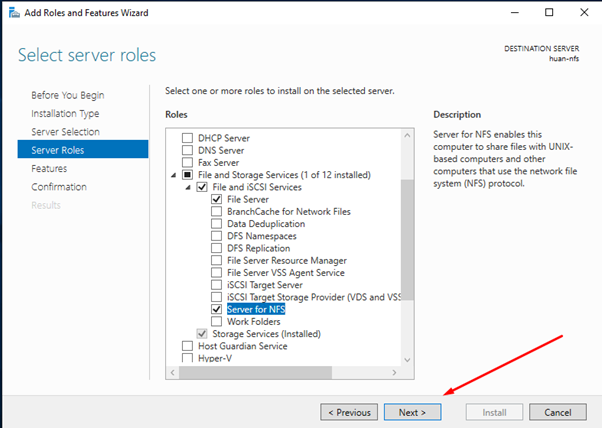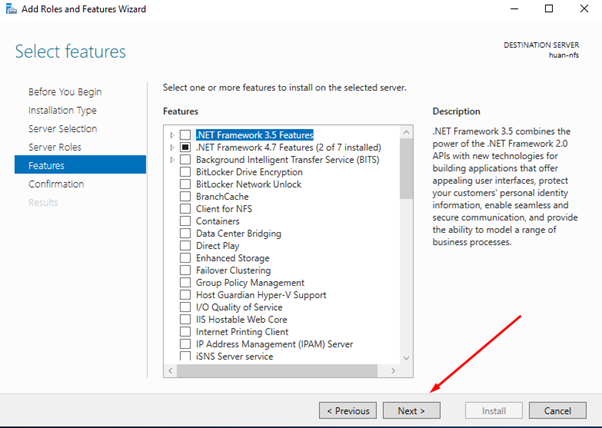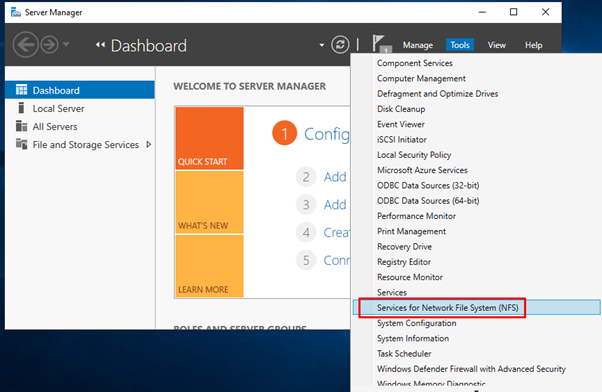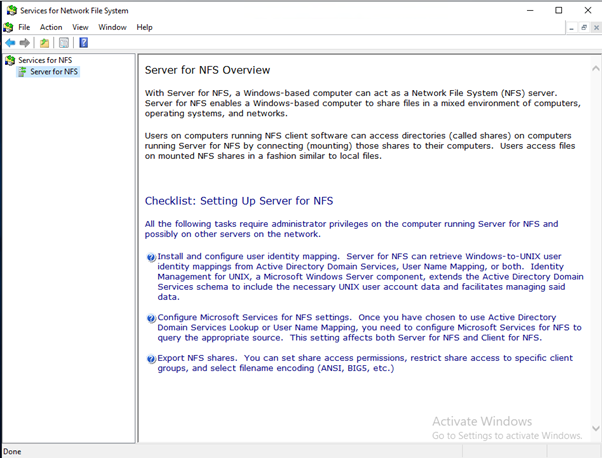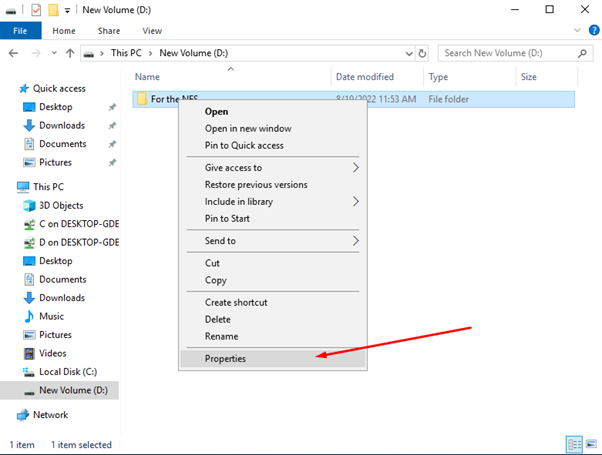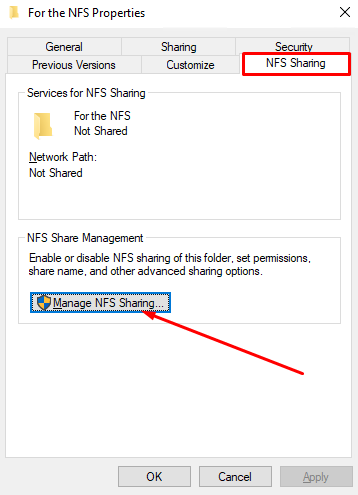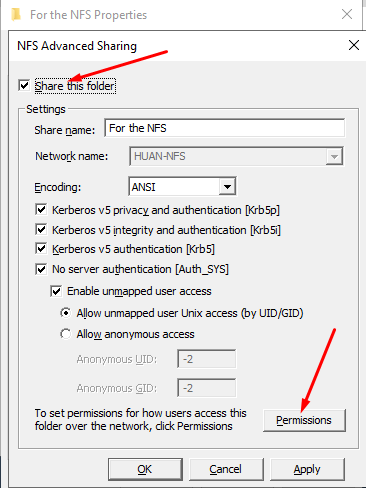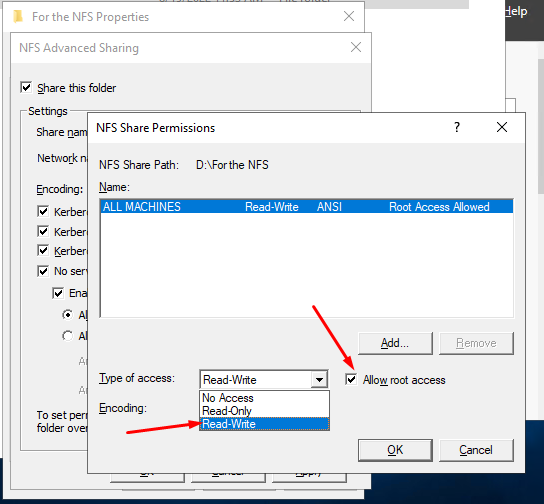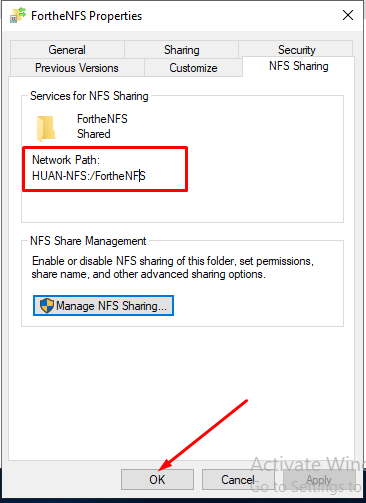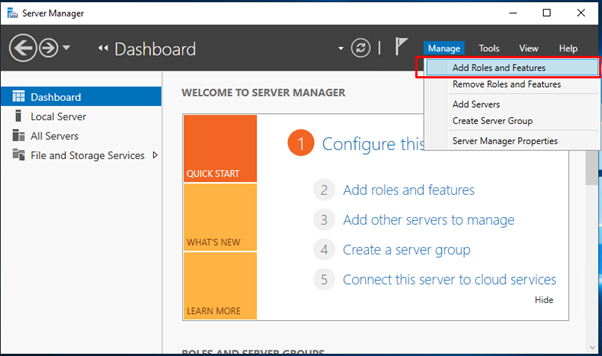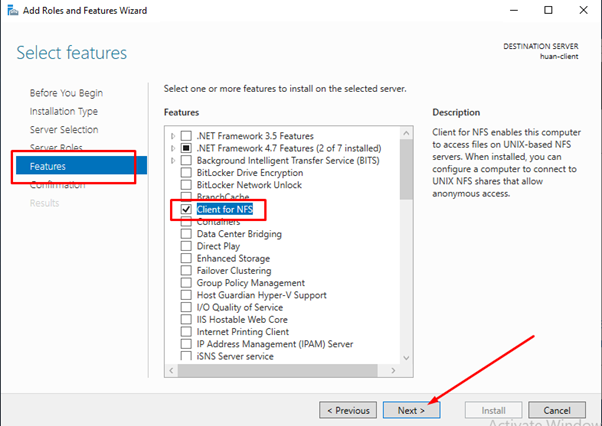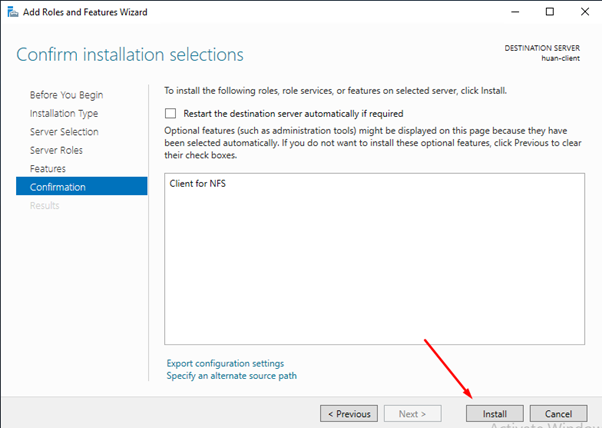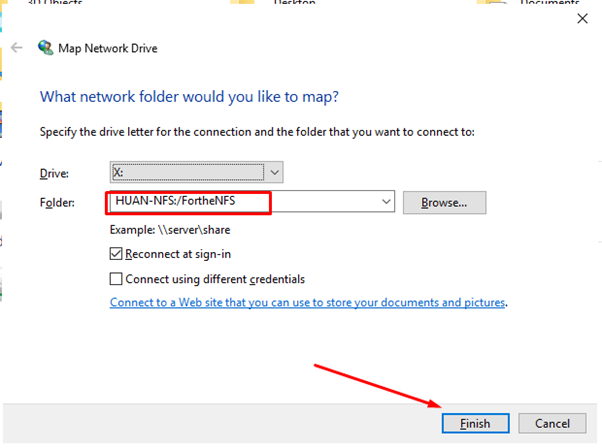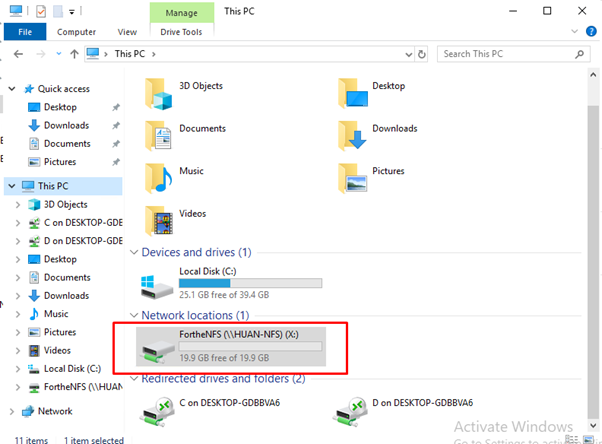https://learn.microsoft.com/en-us/troubleshoot/windows-server/remote/rdp-error-general-troubleshooting#check-whether-a-group-policy-object-gpo-is-blocking-rdp-on-a-local-computer
| Allow users to connect remotely by using Remote Desktop Services | Enabled |
Check the status of the RDP protocol on a local computer
Check the status of the RDP protocol on a remote computer
To check and change the status of the RDP protocol on a remote computer, use a network registry connection:
First, go to the Start menu, then select Run. In the text box that appears, enter regedt32.
In the Registry Editor, select File, then select Connect Network Registry.
In the Select Computer dialog box, enter the name of the remote computer, select Check Names, and then select OK.
Navigate to
HKEY_LOCAL_MACHINE\SYSTEM\CurrentControlSet\Control\Terminal Serverand toHKEY_LOCAL_MACHINE\SOFTWARE\Policies\Microsoft\Windows NT\Terminal Services.
- If the value of the fDenyTSConnections key is 0, then RDP is enabled.
- If the value of the fDenyTSConnections key is 1, then RDP is disabled.
To enable RDP, change the value of fDenyTSConnections from 1 to 0
Check whether a Group Policy Object (GPO) is blocking RDP on a local computer
gpresult /H c:\gpresult.htmlCheck whether a GPO is blocking RDP on a remote computer
gpresult /S <computer name> /H c:\gpresult-<computer name>.html
Modifying a blocking GPO
To modify the blocking policy, use one of the following methods:
- In GPE, access the appropriate level of GPO (such as local or domain), and navigate to Computer Configuration > Administrative Templates > Windows Components > Remote Desktop Services > Remote Desktop Session Host > Connections > Allow users to connect remotely by using Remote Desktop Services.
- Set the policy to either Enabled or Not configured.
- On the affected computers, open a command prompt window as an administrator, and run the
gpupdate /force command.
- In GPM, navigate to the organizational unit (OU) in which the
blocking policy is applied to the affected computers and delete the
policy from the OU.
Check the status of the RDP services
On both the local (client) computer and the remote (target) computer, the following services should be running:
- Remote Desktop Services (TermService)
- Remote Desktop Services UserMode Port Redirector (UmRdpService)
Check that the RDP listener is functioning
To connect to a remote computer, run the following cmdlet:
PowerShell
Enter-PSSession -ComputerName <computer name>
Enter qwinsta.

If the list includes rdp-tcp with a status of Listen, the RDP listener is working. Proceed to Check the RDP listener port. Otherwise, continue at step 4.
Export the RDP listener configuration from a working computer.
Sign in to a computer that has the same operating system version
as the affected computer has, and access that computer's registry (for
example, by using Registry Editor).
Navigate to the following registry entry:
HKEY_LOCAL_MACHINE\SYSTEM\CurrentControlSet\Control\Terminal Server\WinStations\RDP-Tcp
Export the entry to a .reg file. For example, in Registry Editor, right-click the entry, select Export, and then enter a filename for the exported settings.
Copy the exported .reg file to the affected computer.
To import the RDP listener configuration, open a PowerShell
window that has administrative permissions on the affected computer (or
open the PowerShell window and connect to the affected computer
remotely).
To back up the existing registry entry, enter the following cmdlet:
PowerShell
cmd /c 'reg export "HKLM\SYSTEM\CurrentControlSet\Control\Terminal Server\WinStations\RDP-tcp" C:\Rdp-tcp-backup.reg'
To remove the existing registry entry, enter the following cmdlets:
PowerShell
Remove-Item -path 'HKLM:\SYSTEM\CurrentControlSet\Control\Terminal Server\WinStations\RDP-tcp' -Recurse -Force
To import the new registry entry and then restart the service, enter the following cmdlets:
PowerShell
cmd /c 'regedit /s c:\<filename>.reg'
Restart-Service TermService -Force
Replace <filename> with the name of the exported .reg file.
Test the configuration by trying the remote desktop connection again. If you still can't connect, restart the affected computer.
If you still can't connect, check the status of the RDP self-signed certificate.


